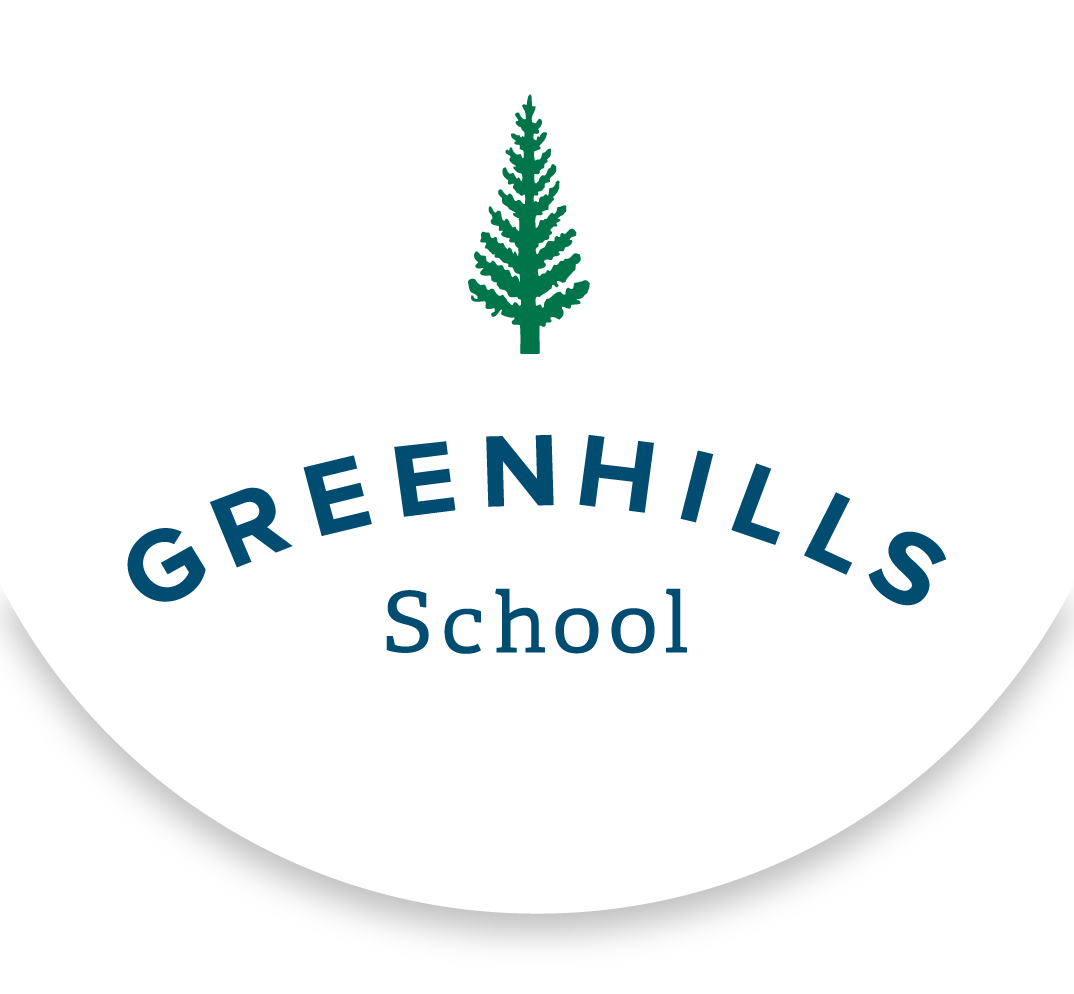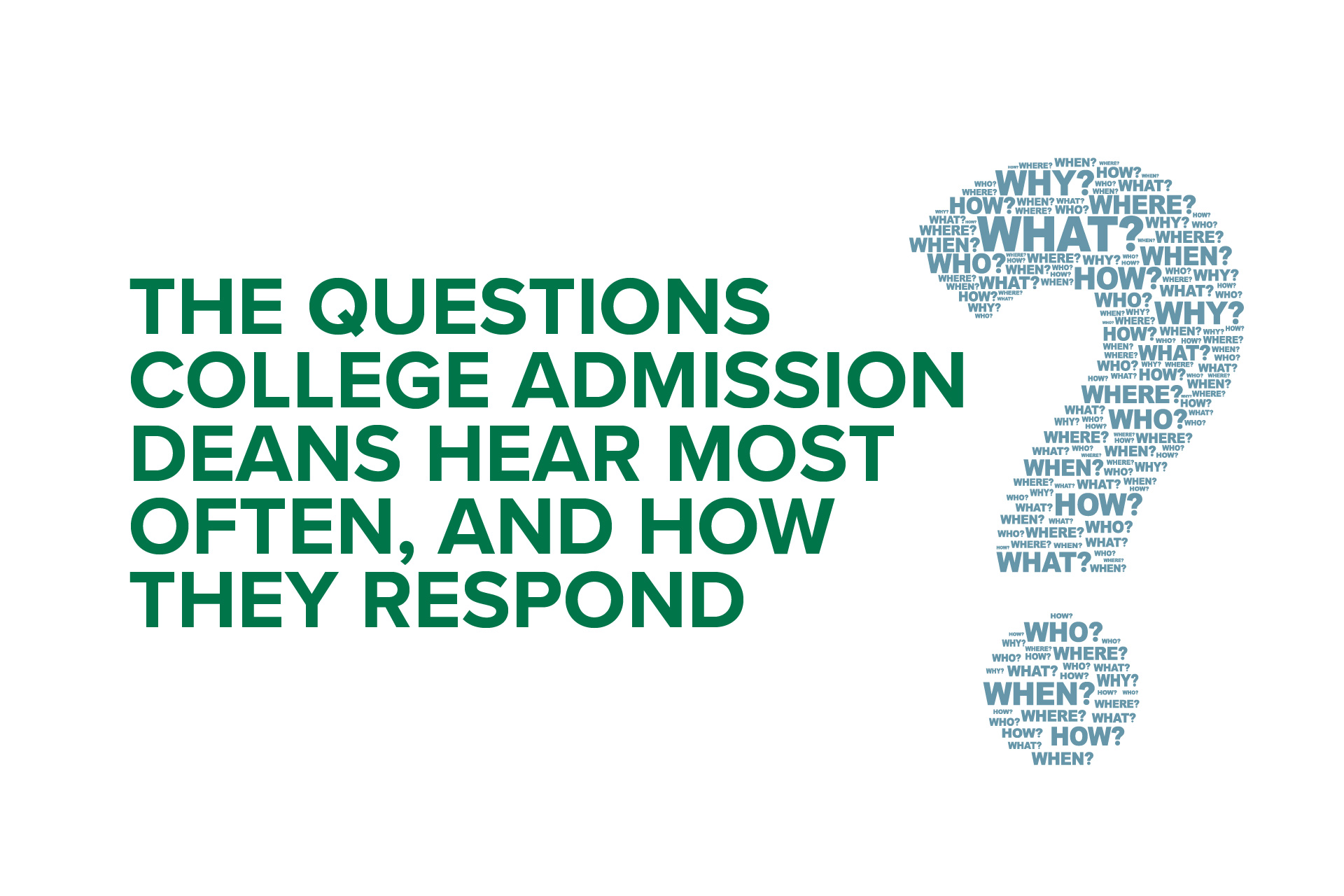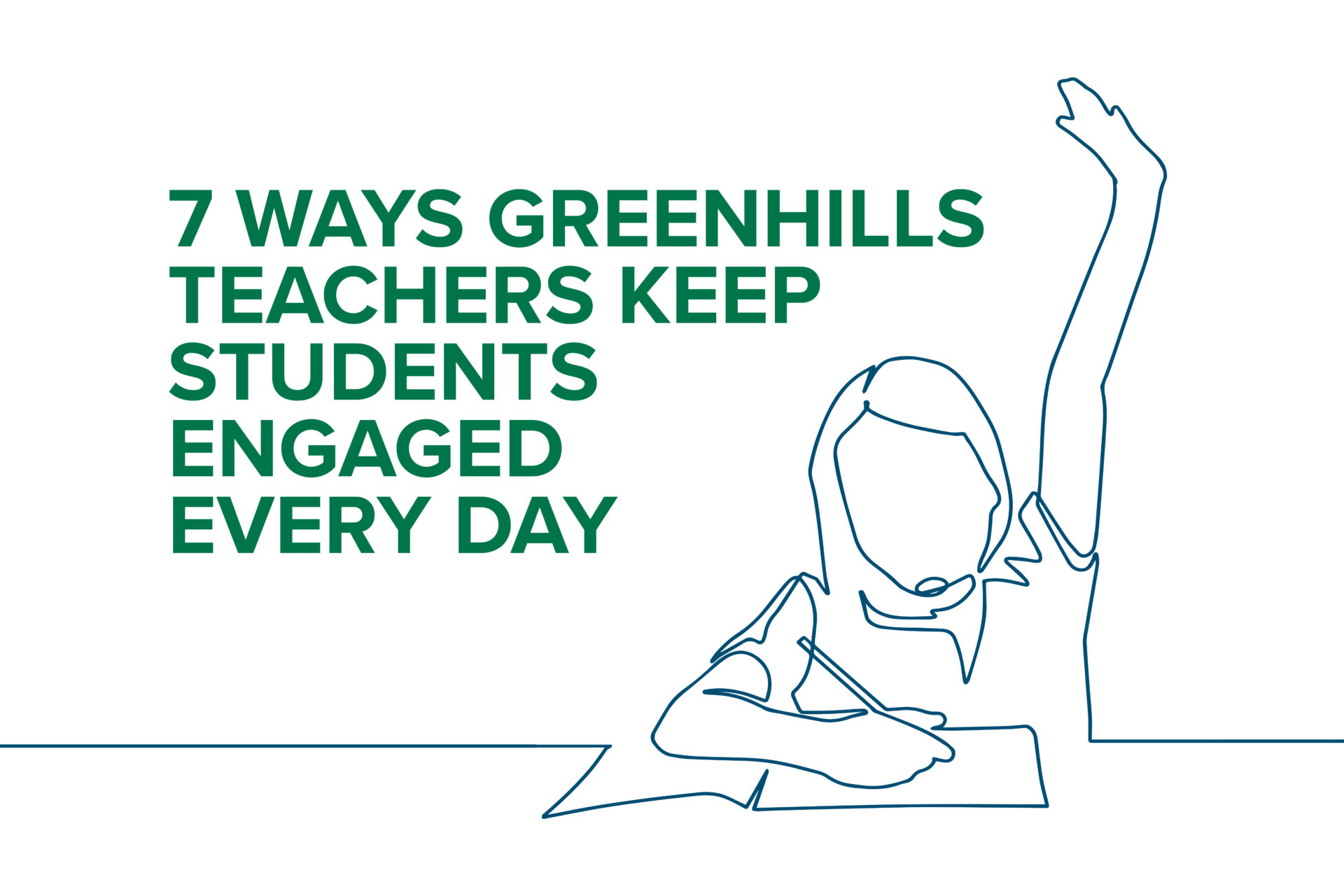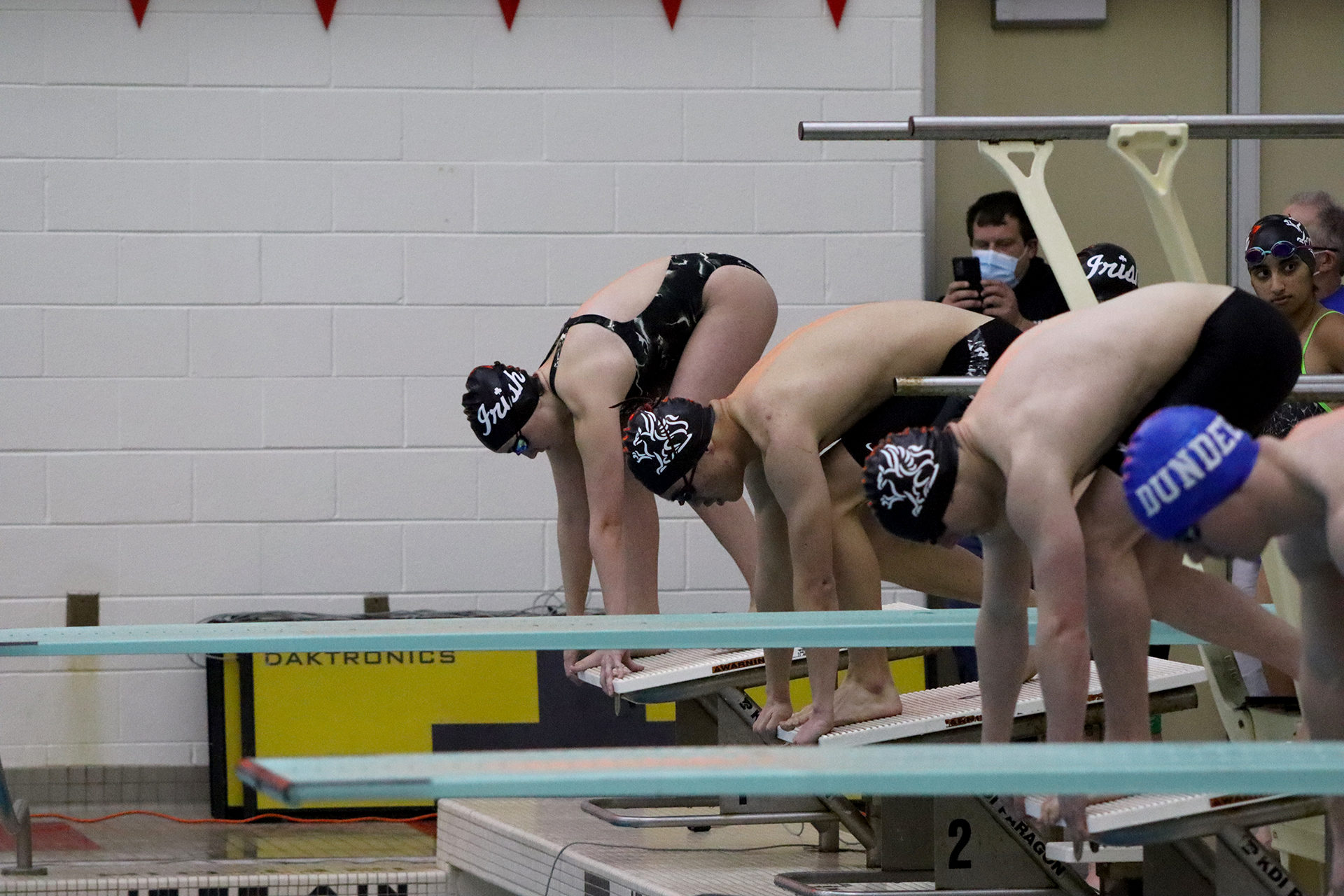5 Tips to Boost Mental Health and Combat Remote Learning Fatigue
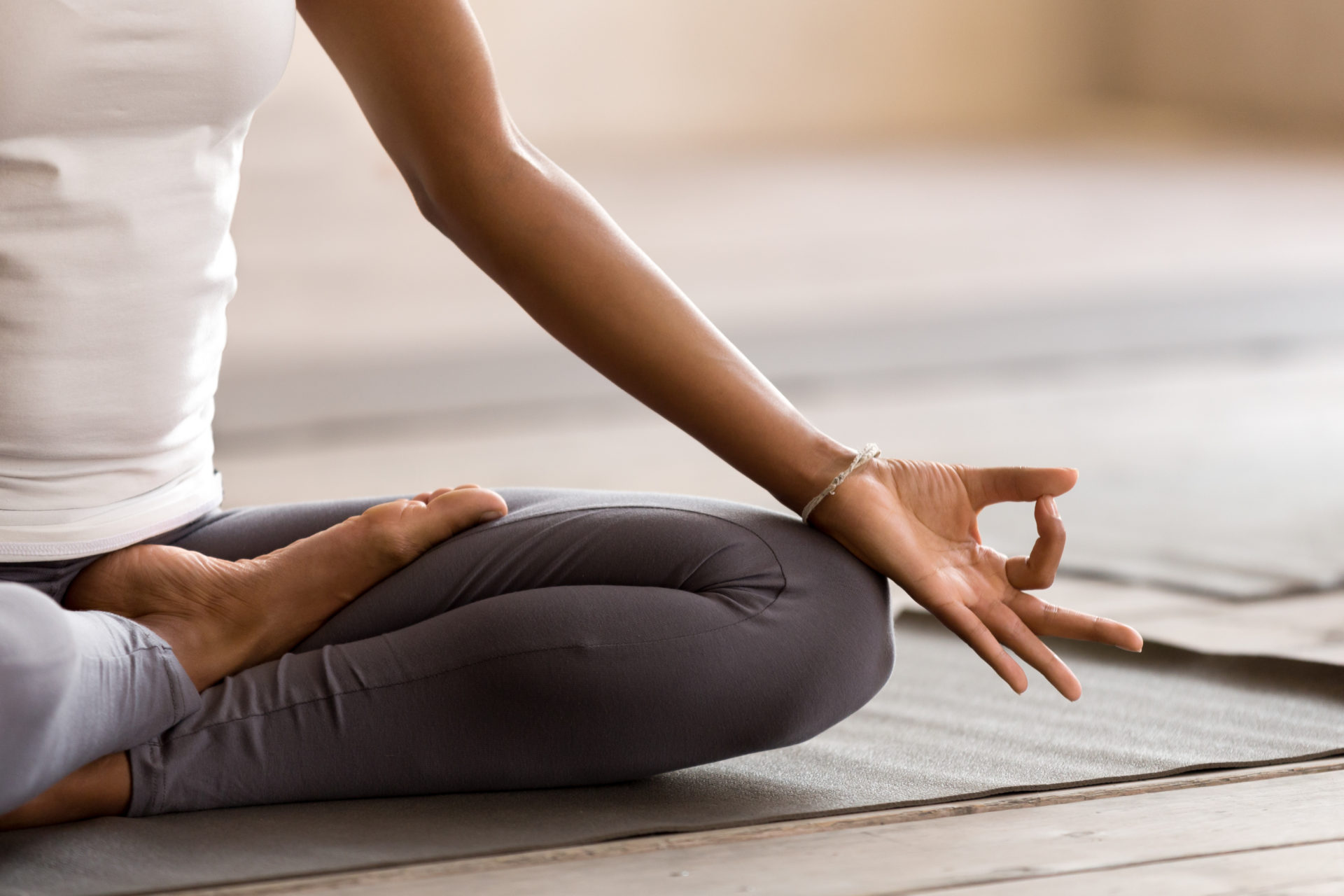
By Liza Ruggiero, Director of Mindful Wellbeing and Heidi Butz, School Counselor
As we finish up Semester I and look ahead to several weeks of vacation, there are concrete steps we can take over break to shore up our wellbeing and prepare to start Semester II out on the right foot. You likely have heard some, if not all, of these tips before. The challenge is to put these suggestions into action. In the most popular class in Yale University’s history, Psychology of the Good Life, psychologist Laurie Santos calls this phenomenon the GI Joe Fallacy: knowing what activities cultivate happiness and wellbeing is not the same as actually doing those activities.
To counter the GI Joe Fallacy, consider picking one or two of the following tips to focus on over break. Remember, like anything we practice, such as shooting hoops or memorizing a poem, building the skills of wellbeing takes time. We encourage you to review the list below and consider practicing those tips that are not already incorporated into your daily routine.
1. Prioritize the mental nutrients of playtime, downtime, and family time every day
In his healthy mind platter model, clinical professor of psychiatry at the UCLA School of Medicine Dr. Dan Siegel articulates seven essential mental nutrients for optimal brain development, including playtime, downtime, and connecting time. Dr. Siegel reminds us, “Just as you wouldn’t eat only pizza every day for days on end, we shouldn’t just live on focus time alone with little time for sleep. The key is balancing the day with each of these essential mental activities. Mental wellness is all about reinforcing our connections with others and the world around us, and it is also about strengthening the connections within the brain itself. When we vary the focus of attention with this spectrum of mental activities, we give the brain lots of opportunities to develop in different ways.”
For adolescents specifically, research shows that playtime, down time, and family time (PDF) are particularly important. According to Stanford University’s Challenge Success Program, adolescents should have each of these mental nutrients built into their daily schedule. So, where should you begin? Try making a list of activities that fall under playtime (like dribbling a soccer ball in the driveway or playing a card game at night), down time (consider reading a book, doing a puzzle, catching up on sleep, or trying an exercise on the 10% Happier app) and family time (perhaps making dinner together or going for a morning walk). Then, try to focus on one activity from each category each day of break.
2. Establish and maintain daily rituals
At this point in 2020, none of us are strangers to changes in our routines. Over the past nine months we have experienced monumental disruptions to our daily lives and extensive changes to our schedules, habits, and routines. For many students, winter break is a welcome reprieve from screen time and academic responsibilities. It also marks a transition, albeit to a slower pace and a new routine.
Still, the flexibility these transitions require can add to our cognitive load, leaving us feeling fatigued and untethered. One thing we can do to anchor ourselves over break, and always, is to establish daily rituals. We know that rituals can bolster our resilience in the face of uncertainty and anxiety, which is likely why so many athletes rely on a grounding routine prior to performance.
We can borrow this high performance tactic and implement it in our daily lives. Consider linking a new ritual — like thinking of 3 things you’re grateful for or making yourself a cup of sleepy time tea before bed — to a habit you already do (like brushing your teeth). Pairing a novel ritual with a well established routine will help you establish this new habit, while anchoring your day.
3. When in doubt, reach out
One of the biggest challenges of our current reality is the loss of structured social time. In the course of a normal school day, students may interact with close friends, peers in other grades, teachers, a coach, and various other adult mentors. Even in remote school, where the range of interactions is more limited, classes may still provide our primary social input in a given day.
Over break, and in general right now, social interactions will require more intentionality and effort. However, studies on happiness show that even when we predict we will feel worse (or, awkward) about trying to make a social connection, our predictions are usually quite wrong. The reality is we are likely to experience a boost in our happiness from our efforts (and, the people we are connecting with are likely to, too!). Across the board, research suggests that maintaining meaningful social connections is associated with better health and wellbeing indicators. This may be particularly true for adolescents.
So, when you catch yourself hesitating before sending that text or message on Discord, or putting off a Facetime with a friend, remember the motto: when in doubt, reach out. You, and those around you, will be better for it.
4. Get outside and move
While it may take some time to experience the positive benefits of some healthy habits, physical activity tends to give us an immediate dose of endorphins and a boost to our mood. While this positive feedback loop can mean that physical activity is an appealing option, motivating ourselves to get outside and move can be more challenging during the colder winter months (the first day of break, Monday December 21st, is the winter solstice, which is also the shortest day of the year).
Physical activity can take many forms, like a walk around the block with your dog, a bundled up bike ride, or a hike through the woods. Over break, consider finding an accountability partner, perhaps a friend or family member, to set goals and check in with. You might schedule a masked and socially distant walk with a friend or make an awesome playlist to listen to while going for a solo jog. Whatever you do, remember that when it comes to physical activity, any movement counts.
5. Be kind to yourself
Our last tip is probably both the most important and most challenging tip to put into action.
At some point over break, take a moment to acknowledge the fact that we are navigating a global pandemic. Our community is a resilient one, but there are still going to be moments that are harder than others. Whenever possible, be gentle with yourself. Remind yourself that this too shall pass. Take time to rest. And, know that we are here for you, ready to support you through each chapter of this experience.
